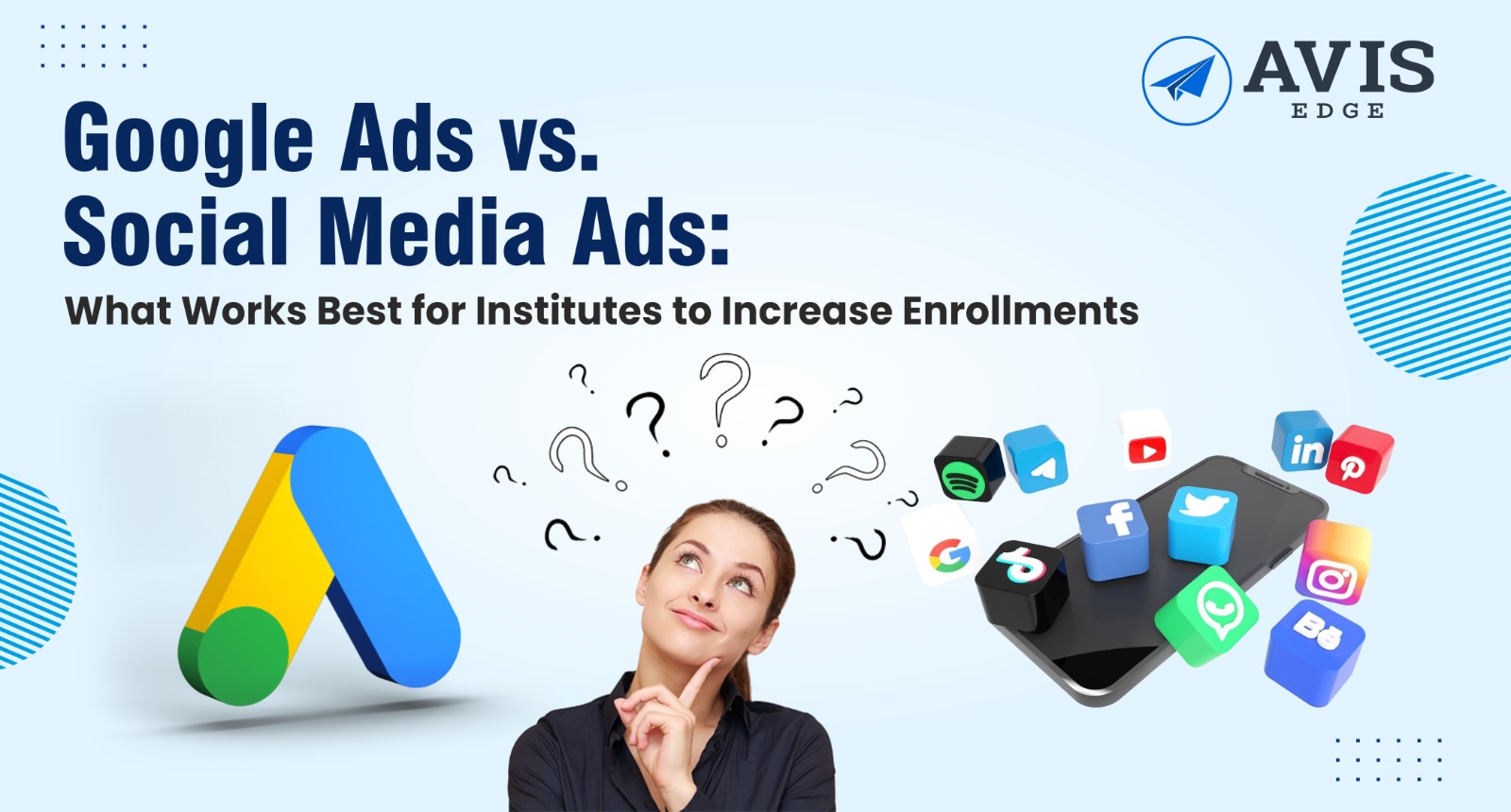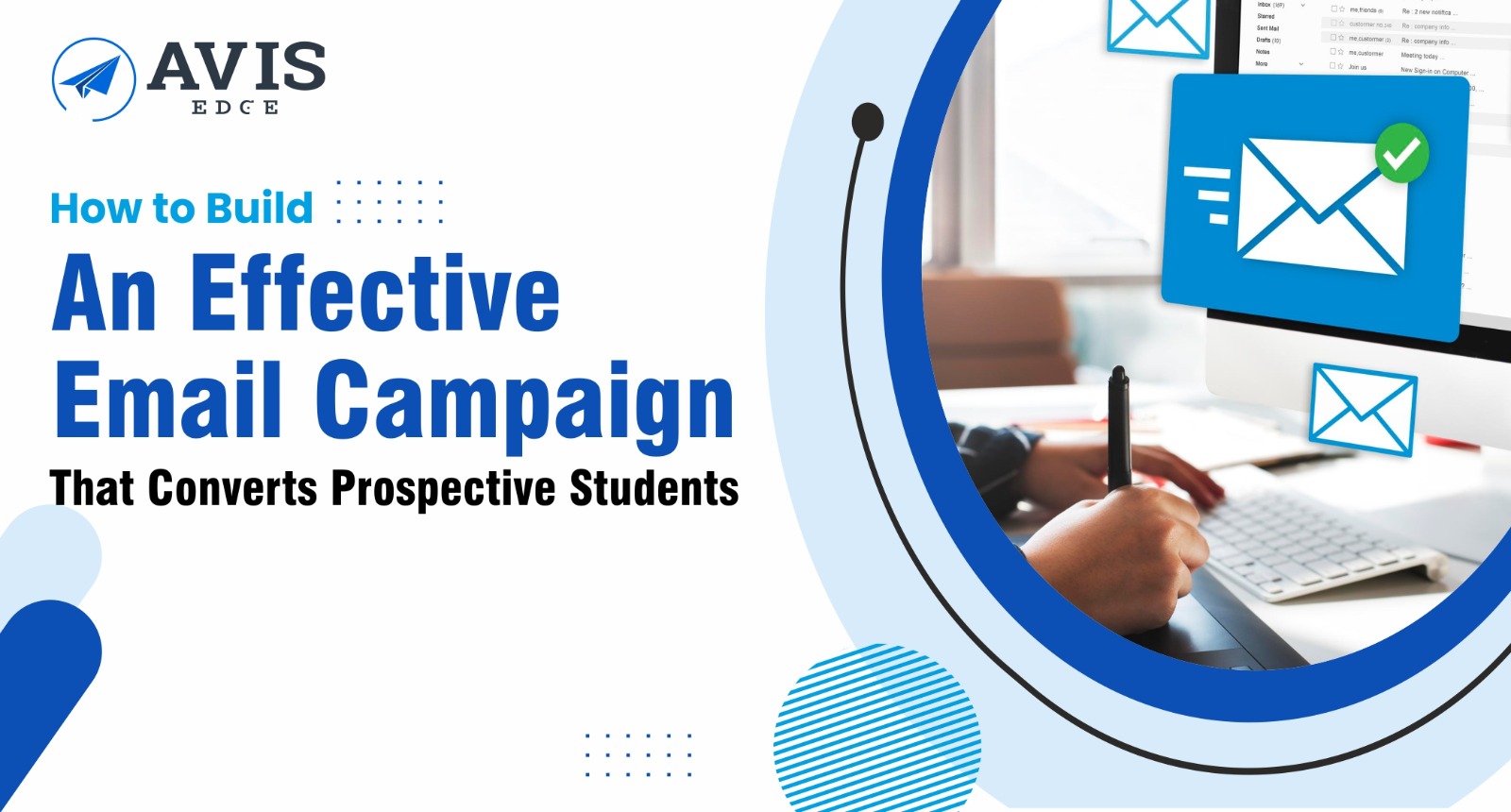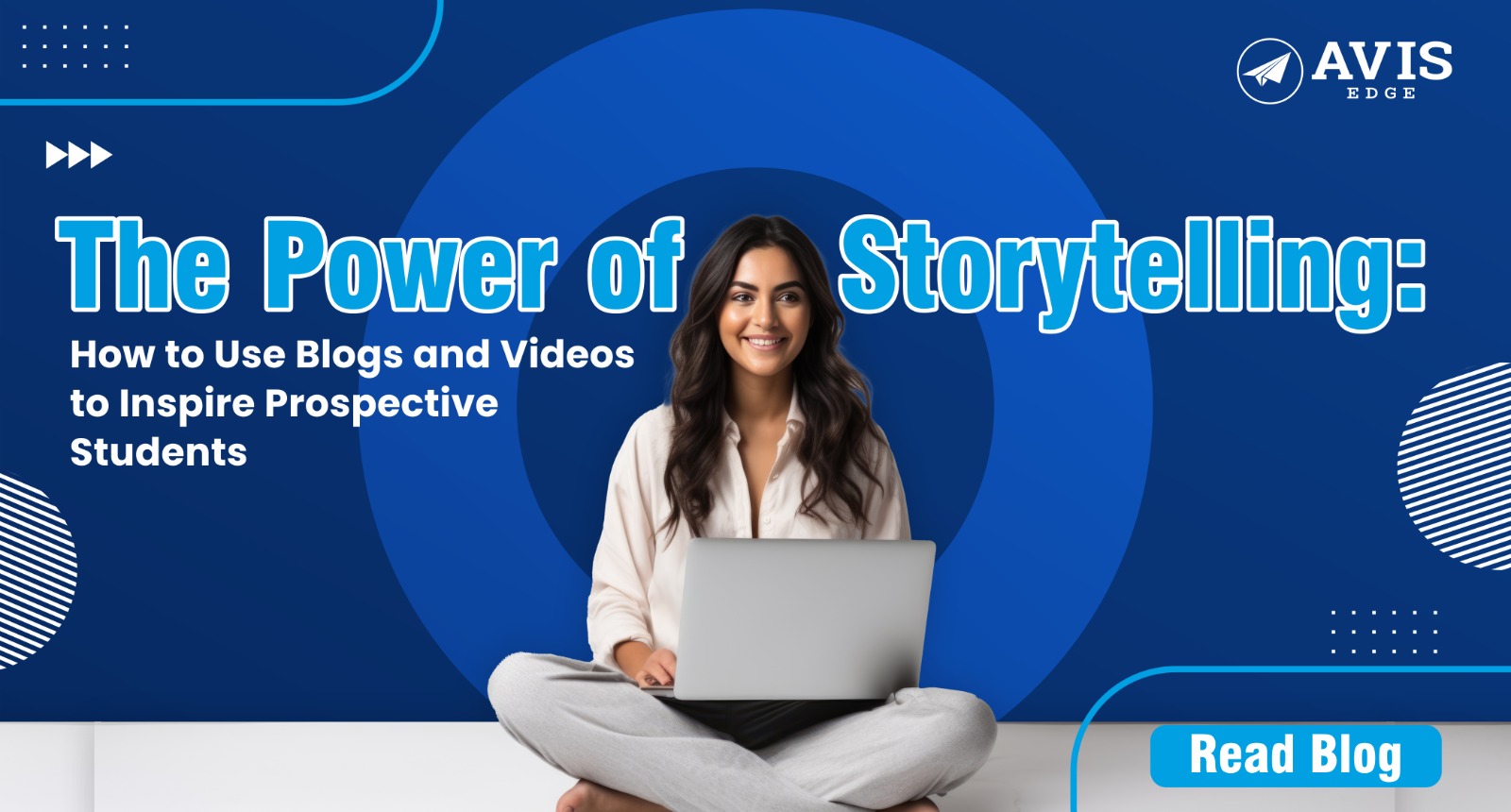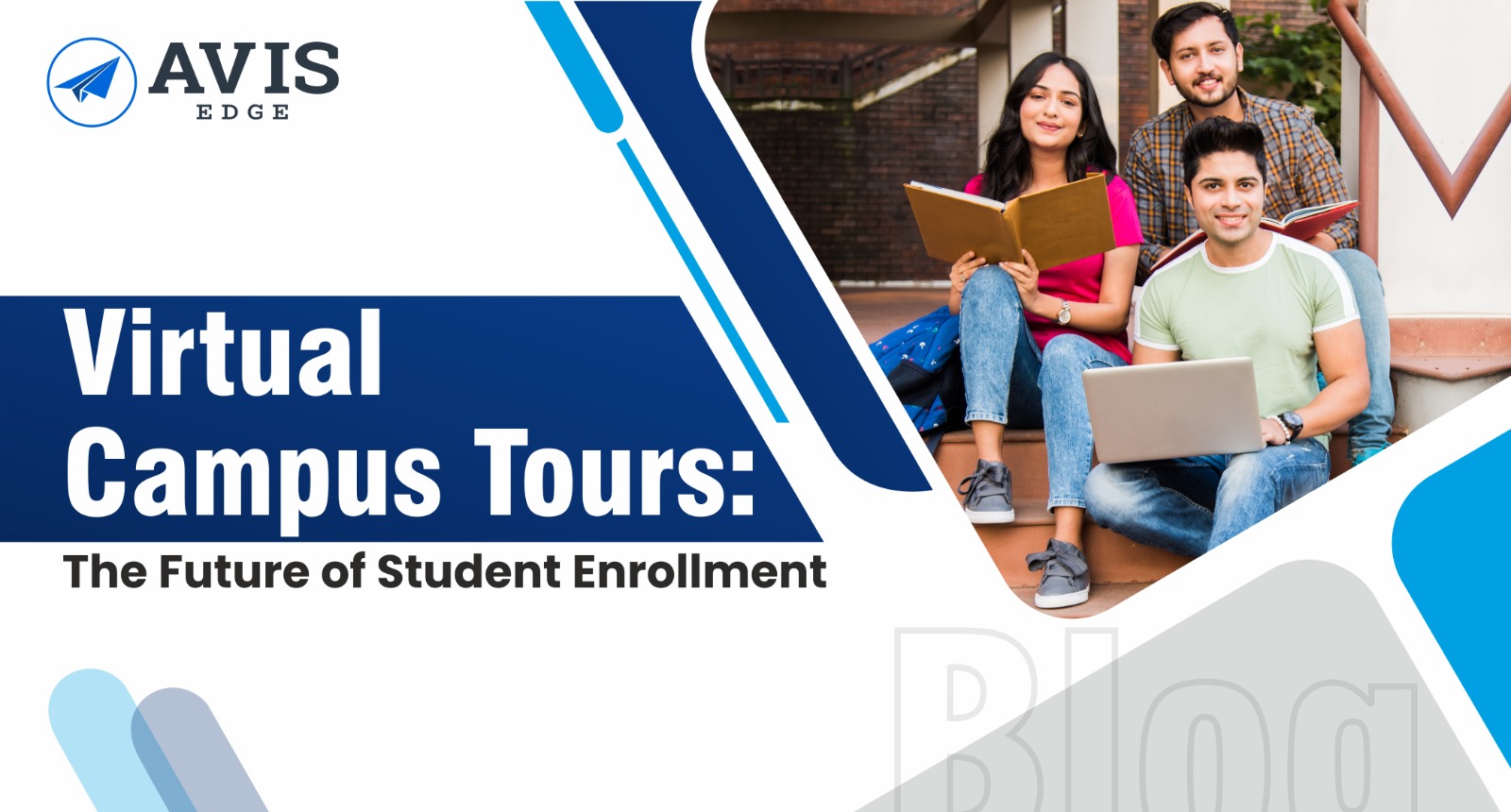
In the competitive landscape of higher education, attracting prospective students is a top priority for universities and colleges. With the rise of digital marketing, institutions now have access to various advertising platforms, primarily Google Ads and social media ads. Both options offer unique advantages and can significantly impact enrollment rates. This blog will explore the strengths and weaknesses of Google Ads and social media ads, helping educational institutions determine which approach is best suited for their enrollment goals.
Understanding Google Ads
Google Ads is a powerful pay-per-click (PPC) advertising platform that allows institutions to display ads on Google's search results pages and across its display network. When prospective students search for relevant keywords—such as "best universities for engineering" or "online degree programs"—Google Ads enables institutions to appear at the top of search results, increasing visibility and driving traffic to their websites.
Advantages of Google Ads
- High Intent Targeting: Google Ads targets users actively searching for educational opportunities, making it easier to reach individuals who are already interested in enrolling. This high intent can lead to higher conversion rates compared to other advertising methods.
- Keyword Optimization: Institutions can bid on specific keywords related to their programs, ensuring that their ads appear when potential students search for those terms. This targeted approach increases the likelihood of attracting qualified leads.
- Measurable Results: Google Ads provides comprehensive analytics that allows institutions to track performance metrics such as click-through rates (CTR), conversion rates, and return on investment (ROI). This data-driven approach enables institutions to refine their advertising strategies effectively.
- Diverse Ad Formats: Google Ads offers various formats, including search ads, display ads, and video ads on YouTube, allowing institutions to engage with prospective students through multiple channels.
Understanding Social Media Ads
Social media advertising encompasses paid promotions on platforms like Facebook, Instagram, LinkedIn, and TikTok. These platforms allow institutions to reach a broad audience by targeting specific demographics based on interests, behaviors, and location.
Advantages of Social Media Ads
- Wider Audience Reach: Social media platforms have billions of active users worldwide, providing institutions with an extensive audience base. This broad reach allows universities to connect with diverse student populations.
- Engagement and Interaction: Social media ads encourage interaction through likes, shares, comments, and direct messaging. This engagement fosters a sense of community and allows institutions to build relationships with prospective students.
- Visual Storytelling: Social media is inherently visual, making it an ideal platform for showcasing campus life through images and videos. Institutions can use compelling visual content to highlight student experiences, events, and academic offerings.
- Cost-Effective Advertising: Social media ads can be more affordable than Google Ads, especially for institutions with limited budgets. They offer flexible spending options and allow for precise targeting without significant upfront costs.
- Real-Time Feedback: Social media platforms provide immediate insights into ad performance through engagement metrics. Institutions can adjust their campaigns in real-time based on audience responses.
Comparing Effectiveness for Enrollment Growth
When considering which advertising method is more effective for increasing enrollments, several factors come into play:
1. Target Audience Intent
Google Ads: Prospective students using Google are often in the research phase or ready to apply, demonstrating high intent. This makes Google Ads particularly effective for generating immediate inquiries.
Social Media Ads: While social media can reach a broader audience, users may not be actively seeking educational opportunities at that moment. Instead, social media ads are more effective for brand awareness and engagement rather than immediate conversions.
2. Content Format
Google Ads: Text-based search ads are effective for conveying concise information about programs or deadlines but may lack visual engagement.
Social Media Ads: Visual content thrives on social media platforms, allowing institutions to showcase campus culture through videos and images that resonate emotionally with prospective students.
3. Budget Considerations
Google Ads: Costs can escalate quickly based on keyword competitiveness; however, they often yield high-quality leads due to targeted intent.
Social Media Ads: Generally more cost-effective with flexible budgeting options; they allow institutions to experiment with different ad formats without significant financial risk.
Best Practices for Implementation
To maximize the effectiveness of both Google Ads and social media ads in increasing enrollments:
- Define Clear Goals: Establish specific objectives for each campaign—whether it's generating inquiries or building brand awareness—to guide your strategy effectively.
- Utilize A/B Testing: Experiment with different ad formats, messaging, and visuals on both platforms to determine what resonates best with your target audience.
- Monitor Analytics Regularly: Use analytics tools provided by both Google Ads and social media platforms to assess performance metrics continually and make data-driven decisions.
- Integrate Campaigns: Consider using both advertising methods in tandem; while Google Ads captures high-intent leads actively searching for programs, social media ads can nurture those leads by keeping your institution top-of-mind through engaging content.
Conclusion
Both Google Ads and social media ads offer valuable opportunities for educational institutions seeking to increase enrollments. Google Ads excels at reaching high-intent users actively searching for educational opportunities, while social media ads provide a platform for broader engagement and visual storytelling.
Ultimately, the choice between these two advertising methods should align with your institution's specific goals, target audience, and budget considerations. By leveraging the strengths of both platforms effectively, universities can enhance their recruitment efforts and attract the next generation of learners.
Ready to optimize your enrollment strategy?





